I don't know anything about coding so I wish to achieve this effect without a help of an arduino. I'm trying to minimize as much power as possible and trying to achieve the HC-SR04 sensor to sense anything up to 10-14ft to trigger the LED to turn on.
-
This is borderline too broad because you are expecting us to come up with a circuit to solve this for you. Since your question is not specific, I will tell you this, it can be solved with no more than 10 components. If you haven't checked the [datasheet of the HC-SR04 sensor](https://cdn.sparkfun.com/datasheets/Sensors/Proximity/HCSR04.pdf), then do so now, perhaps you can show where you are stuck with solving it on your own, then we will drag you to the finish line. Zero effort on your side => zero effort on our side. – Harry Svensson May 15 '18 at 04:51
-
@HarrySvensson that sounds like bragging and noob bashing to me. – Passerby May 15 '18 at 05:24
-
1@Passerby INO Harry is being kind. The correct response is to vote for closing because Dean seems to be asking for a complete design. – Wouter van Ooijen May 15 '18 at 05:30
-
Yes, you can do it without an Arduino. – Finbarr May 15 '18 at 05:36
1 Answers
It's not impossible. See http://www.buildcircuit.com/how-to-test-dyp-me007-ultrasonic-range-finder-using-ne555-and-multimeter/
But it won't work like you want without a needlessly complex circuit. The HC-SR04 or similar ultrasonic range finders have a fairly small output timing, that tells you how far something is. If nothing is near, the output is high for 32ms, indicating a "not in range" state. Hooking up an led to this won't only turn it on when something is near. And it depends on how often you pulse the trigger. As you see in the video on the link, the output is fast enough that the multimeter averages it out. An LED would do the same, essentially PWM.
Your two real options is use a micro controller which is dead simple (and there are plenty of projects where all the code is already done for you), or use a different sensor, like a basic PIR sensor module, which work basically how you want it to, light up when something is near. Well, moves near in front of it.
- 72,580
- 7
- 90
- 202
-
Thank you for everyone who as commented, I definitely feel a better understanding on what I should do next! I’m a total beginner at this and my question was very broad so thank you for all your guy’s help. – Dean Sammels May 15 '18 at 13:10
